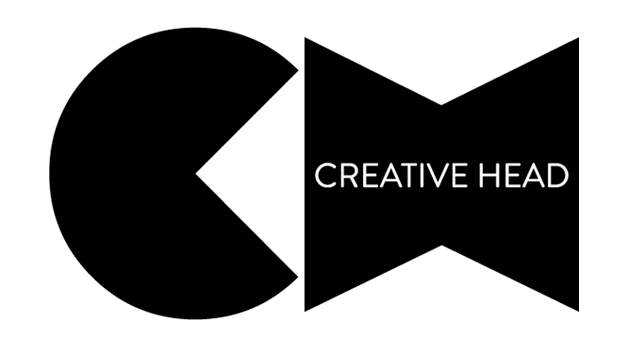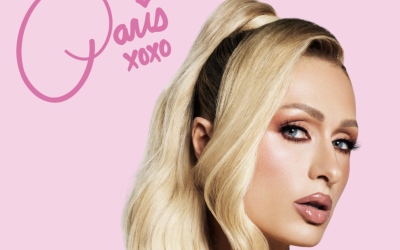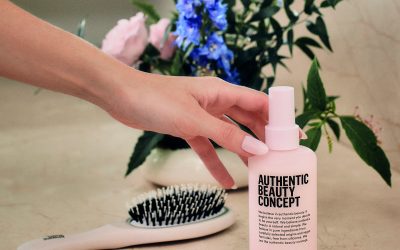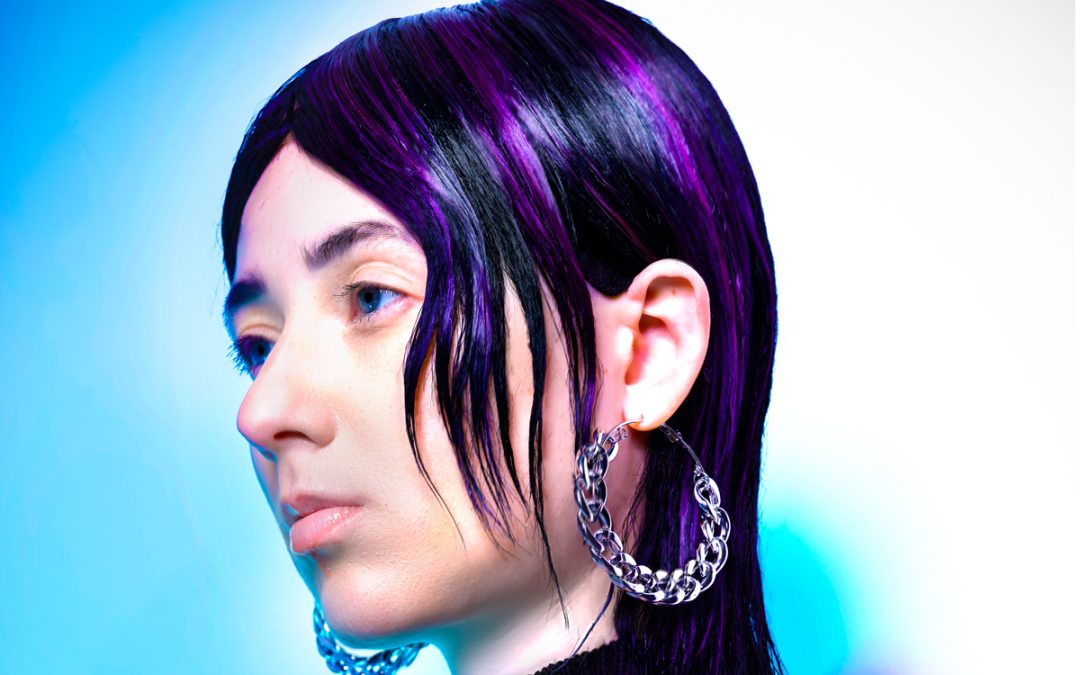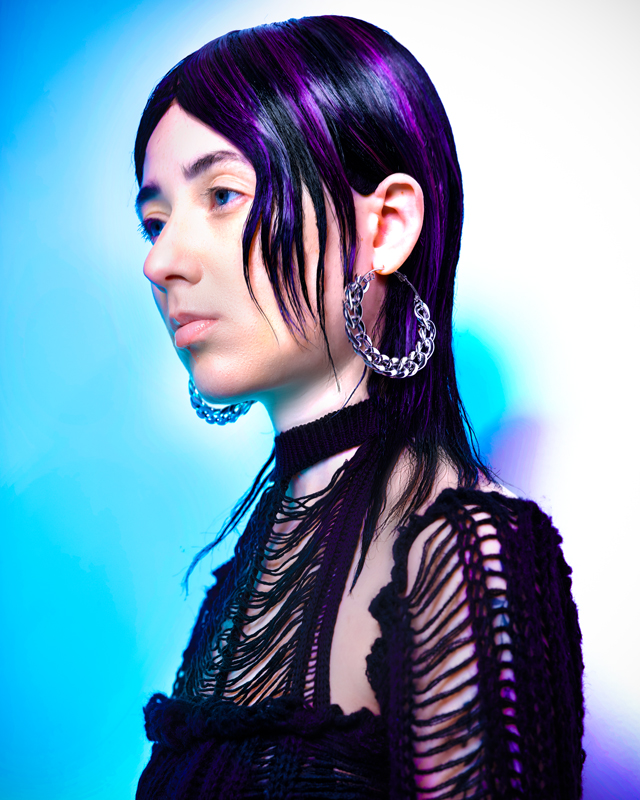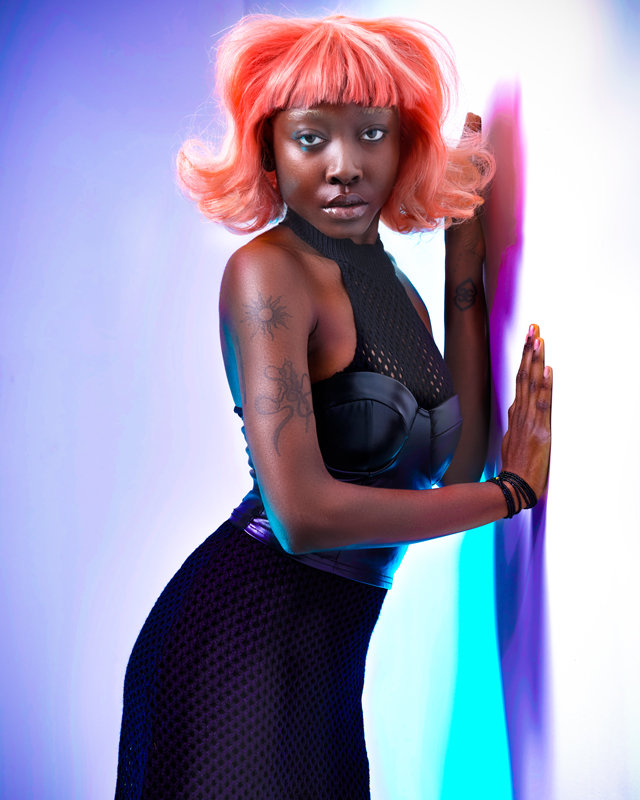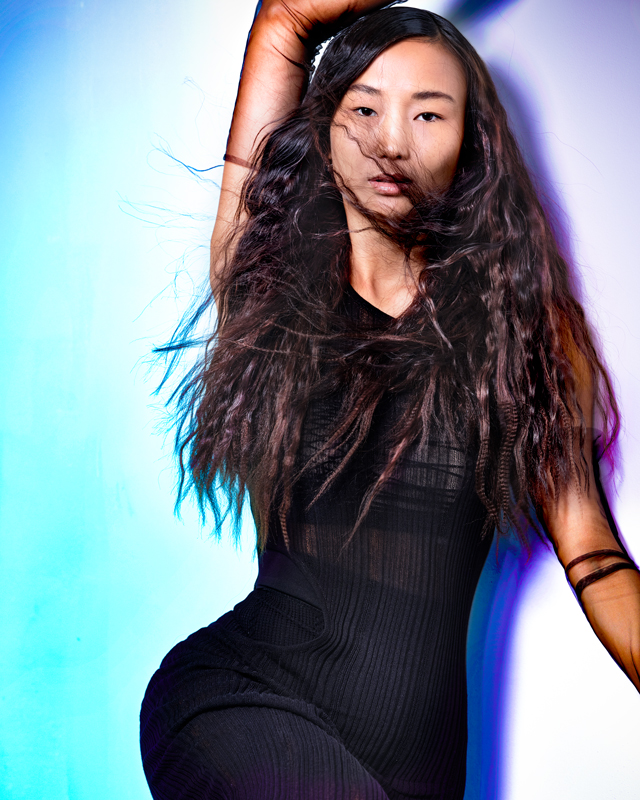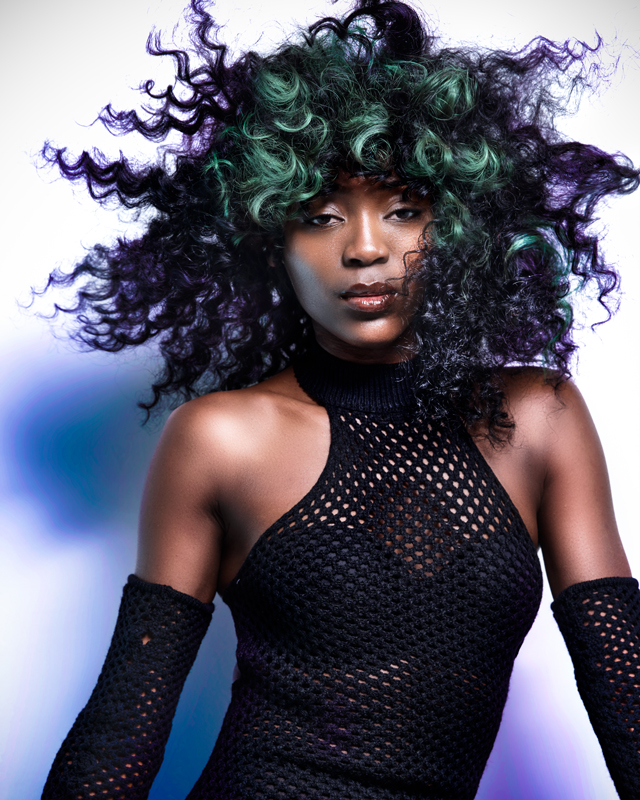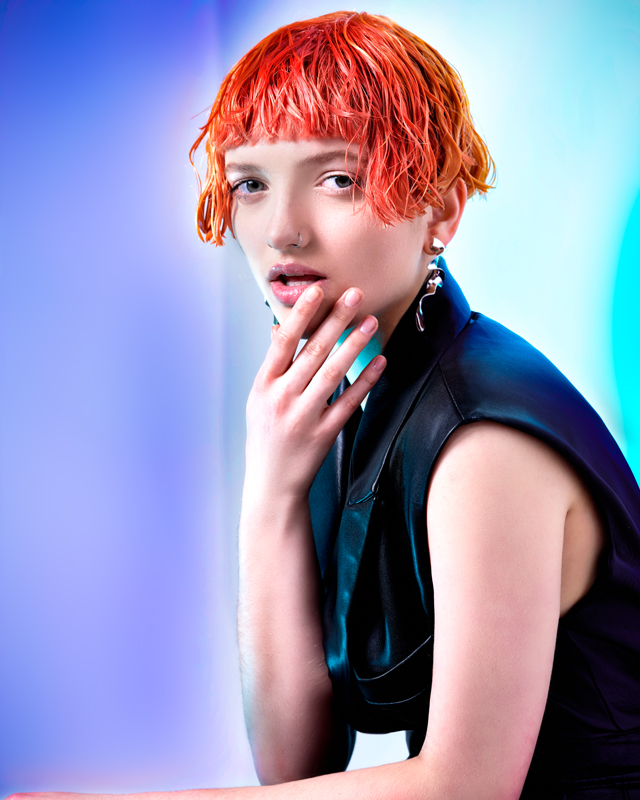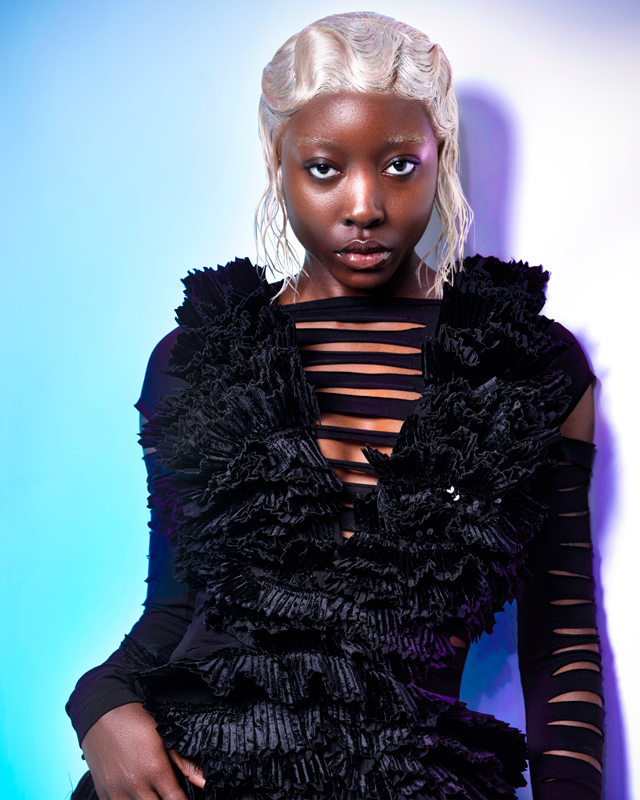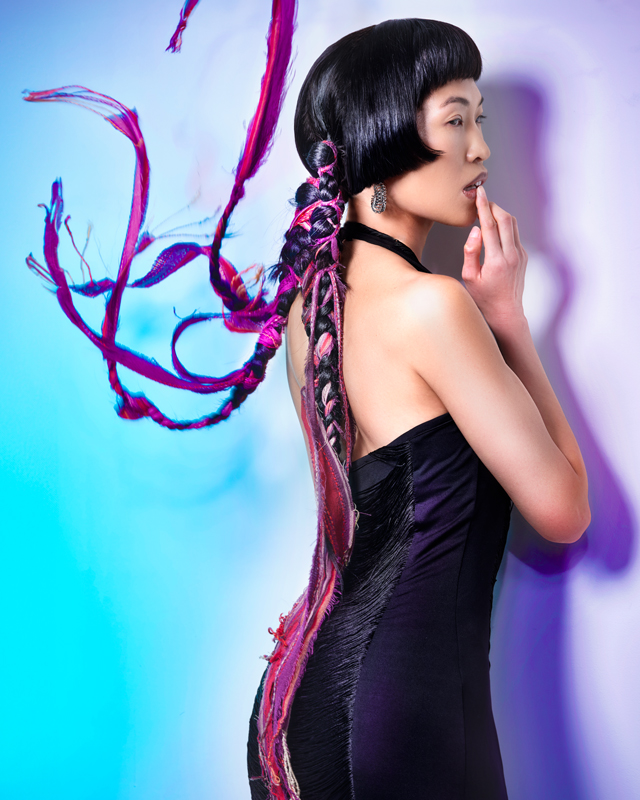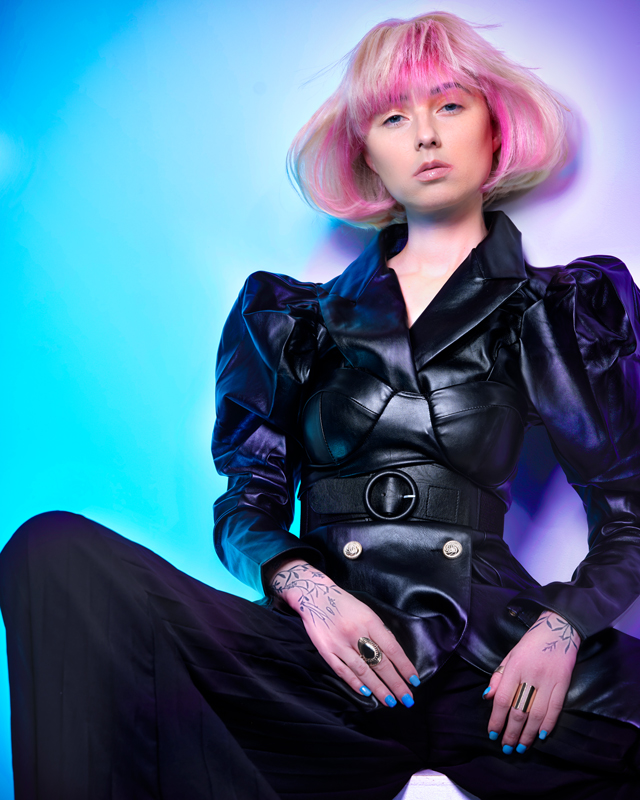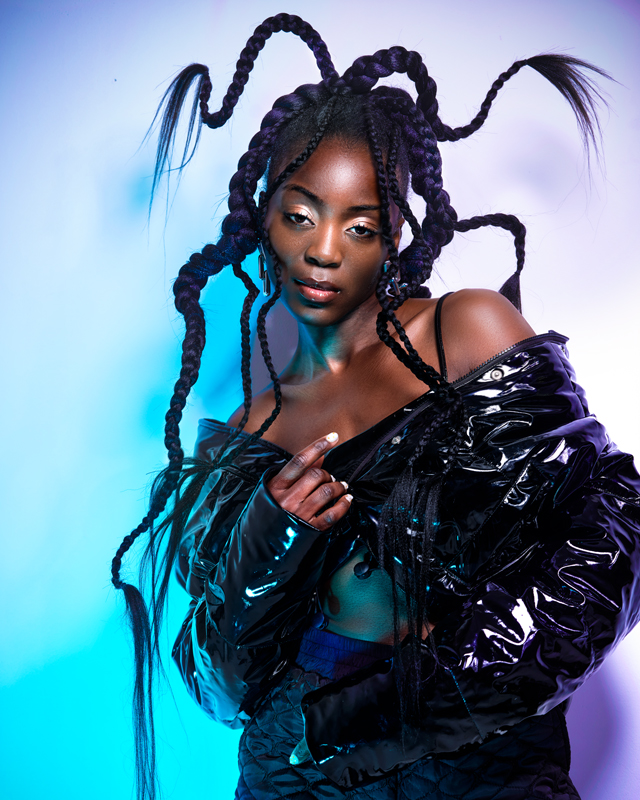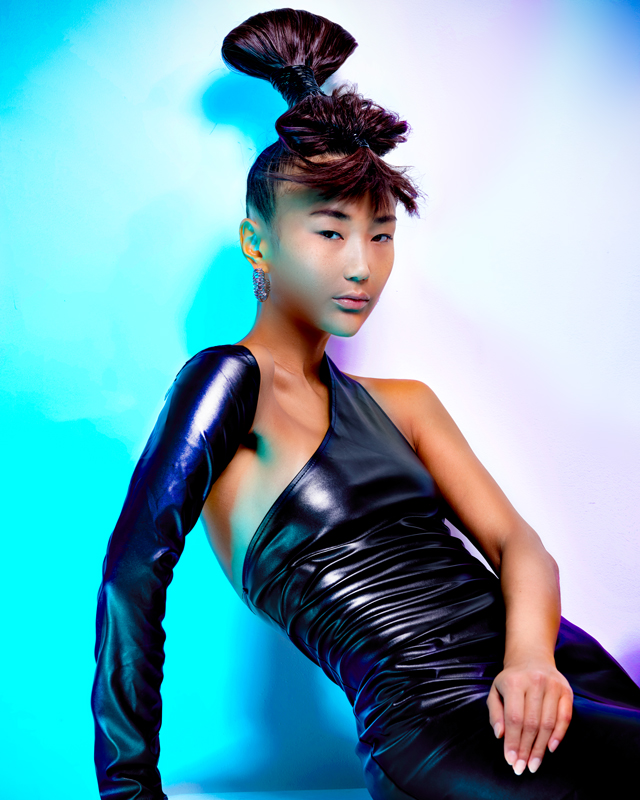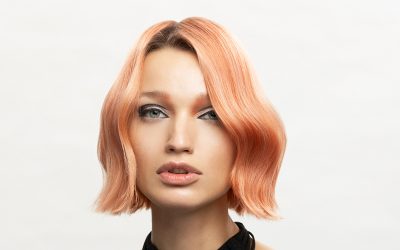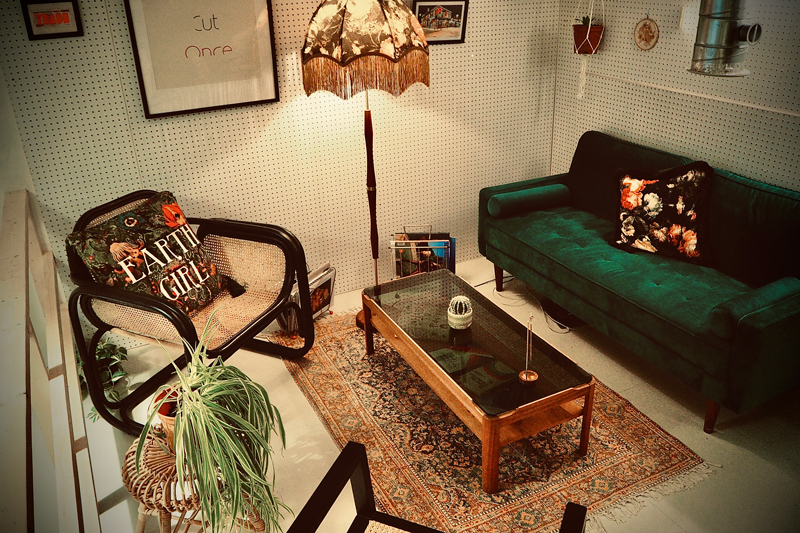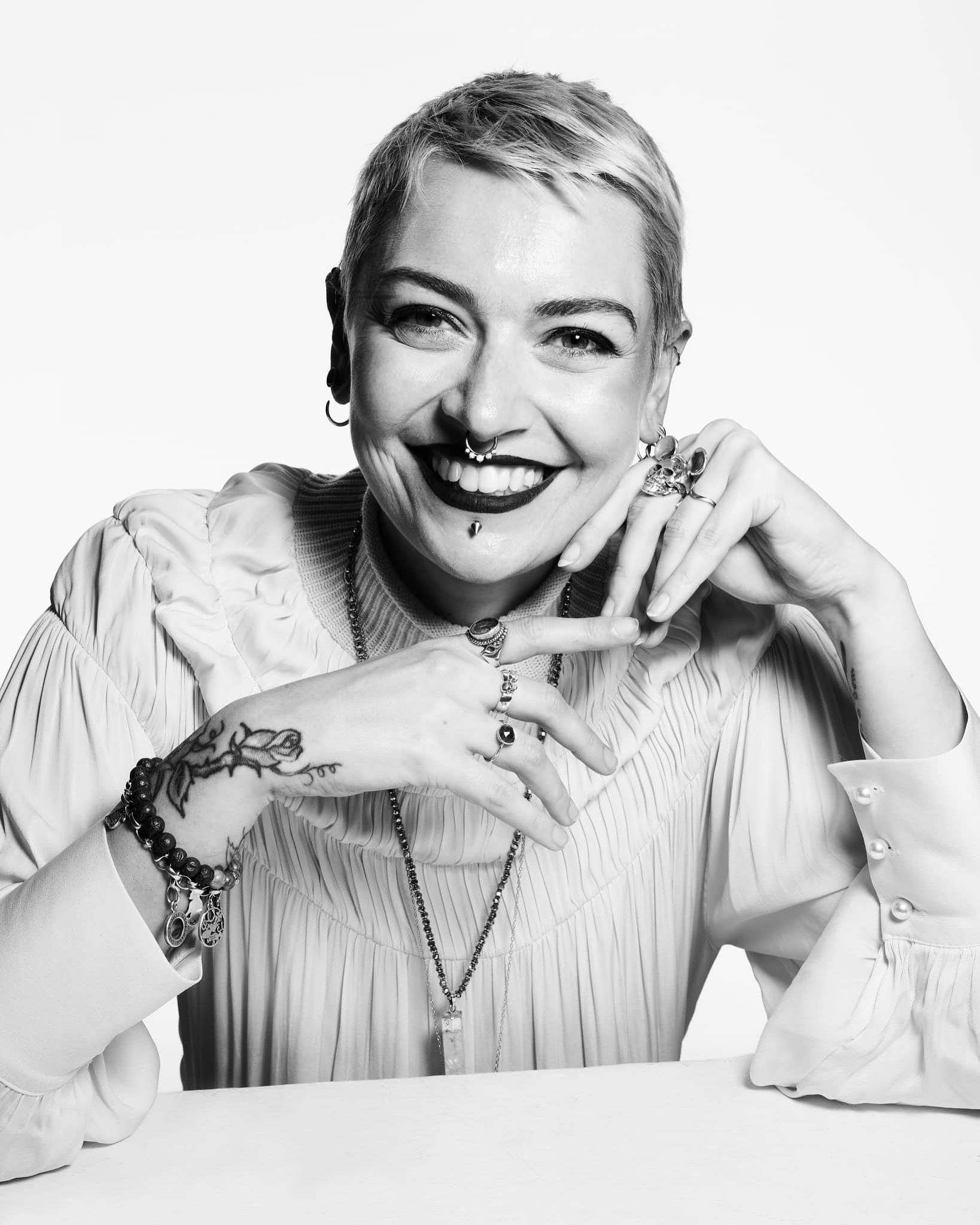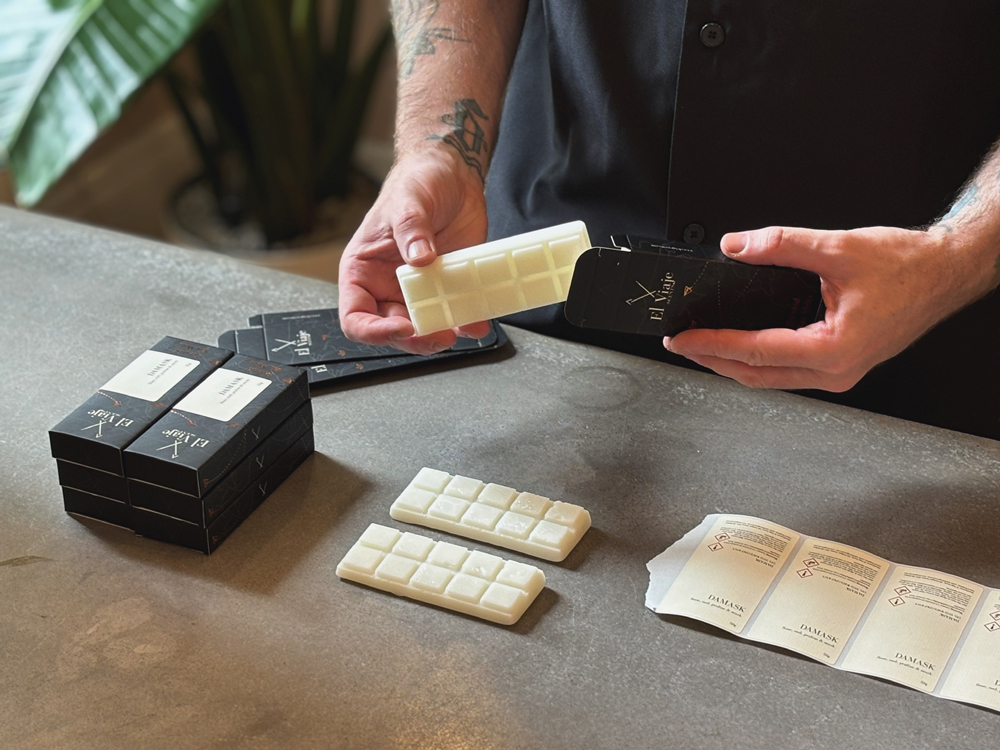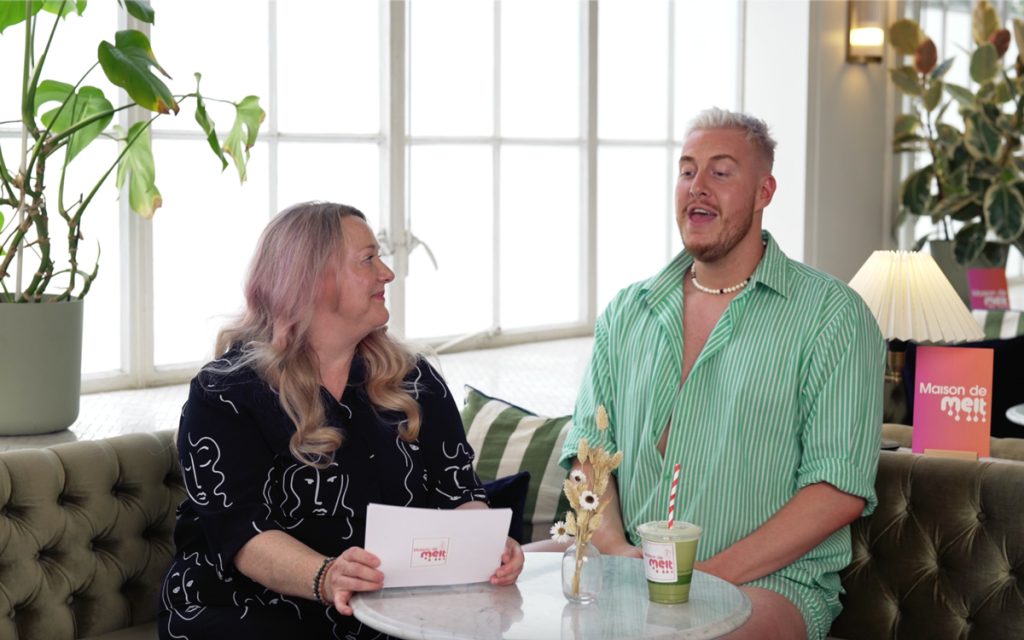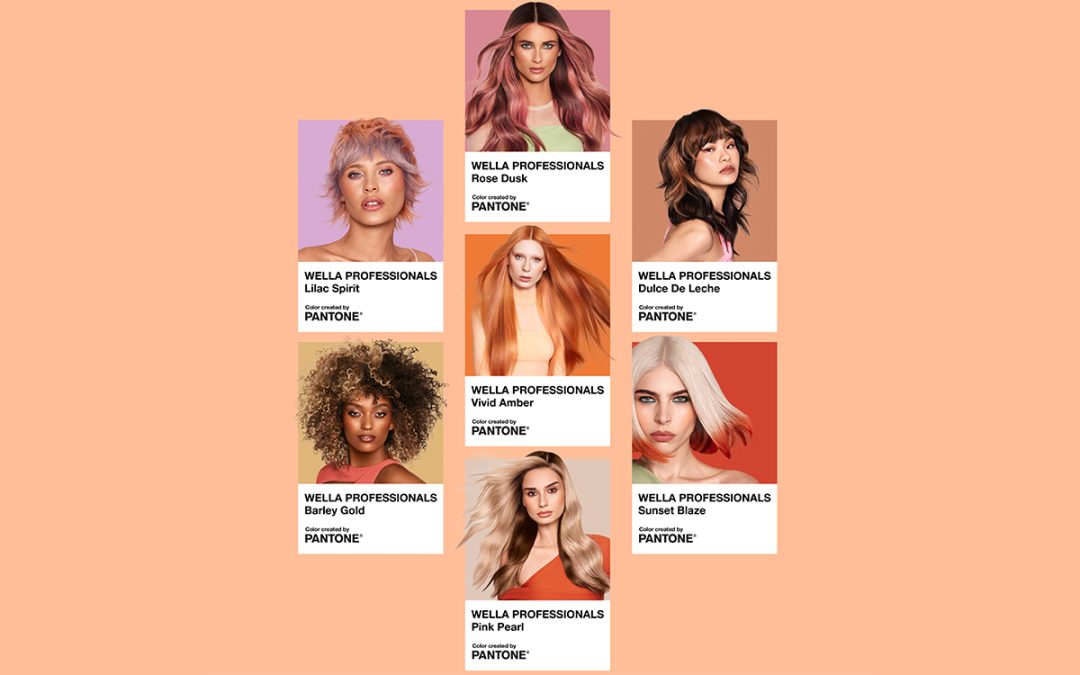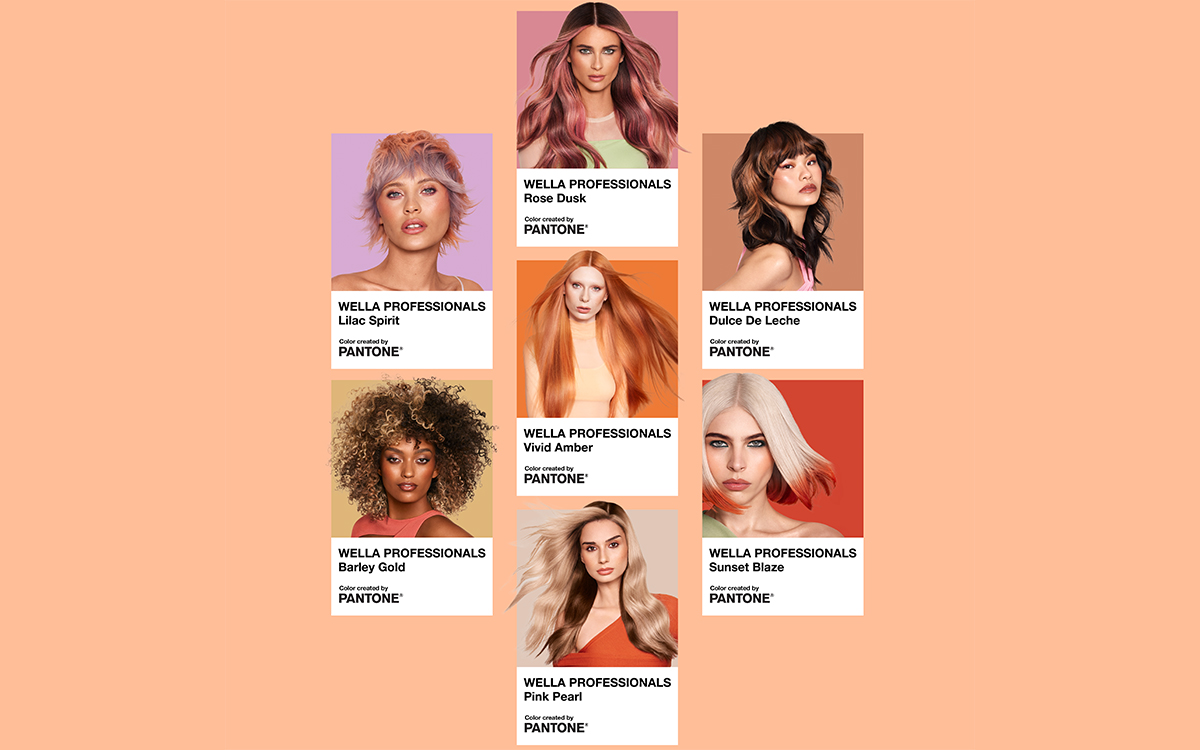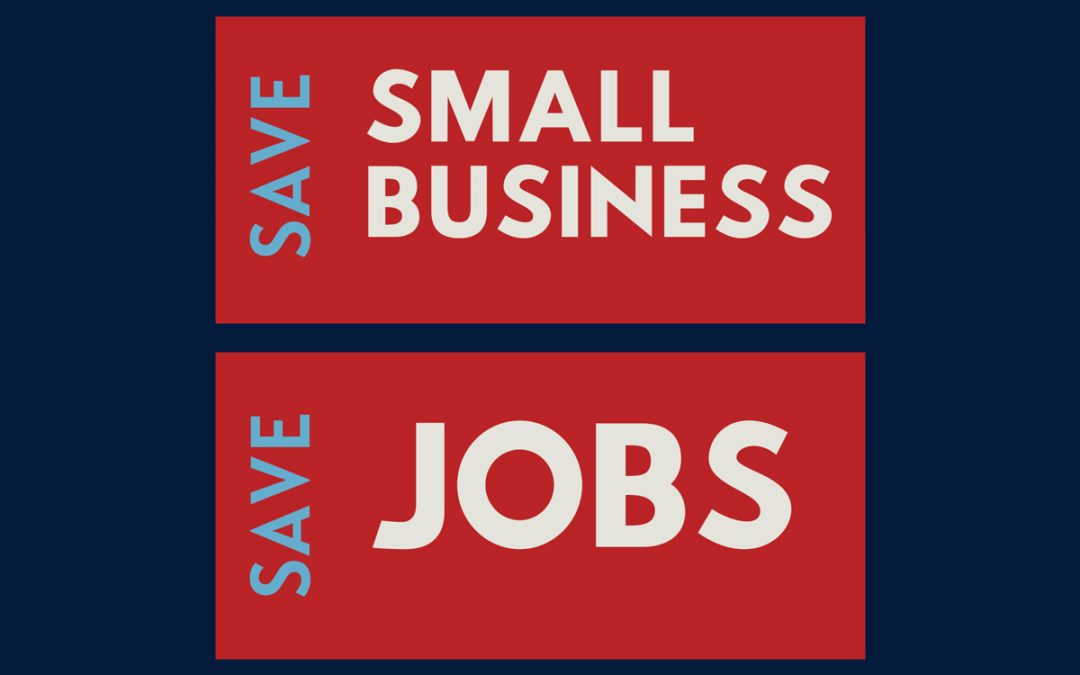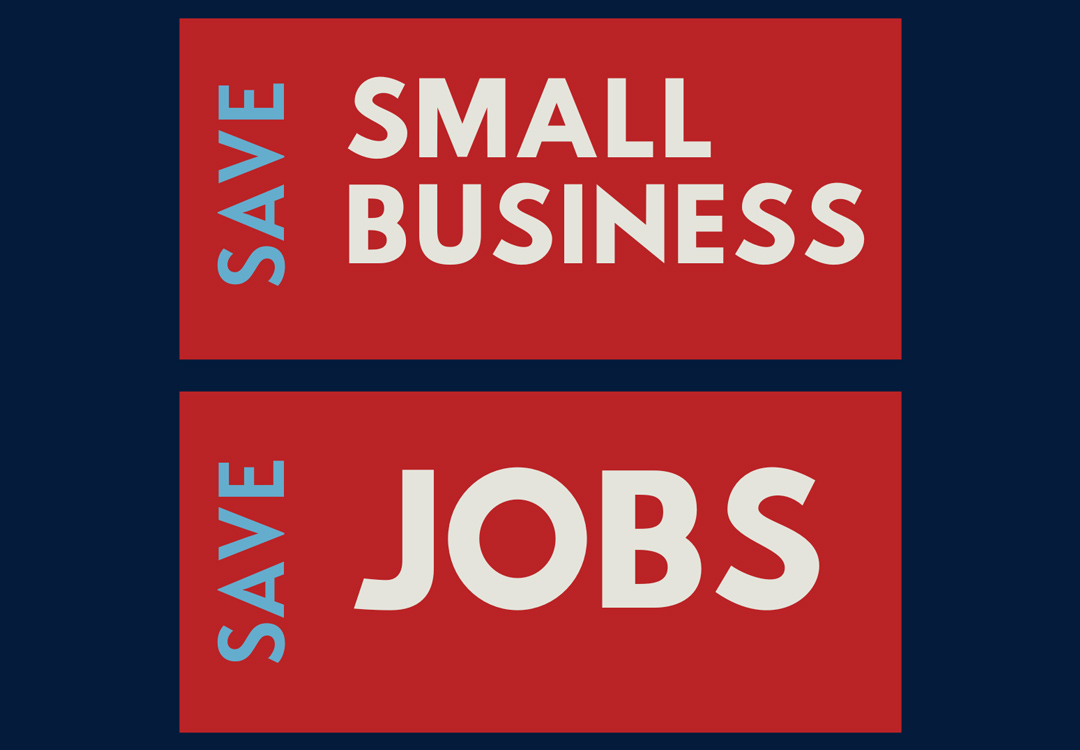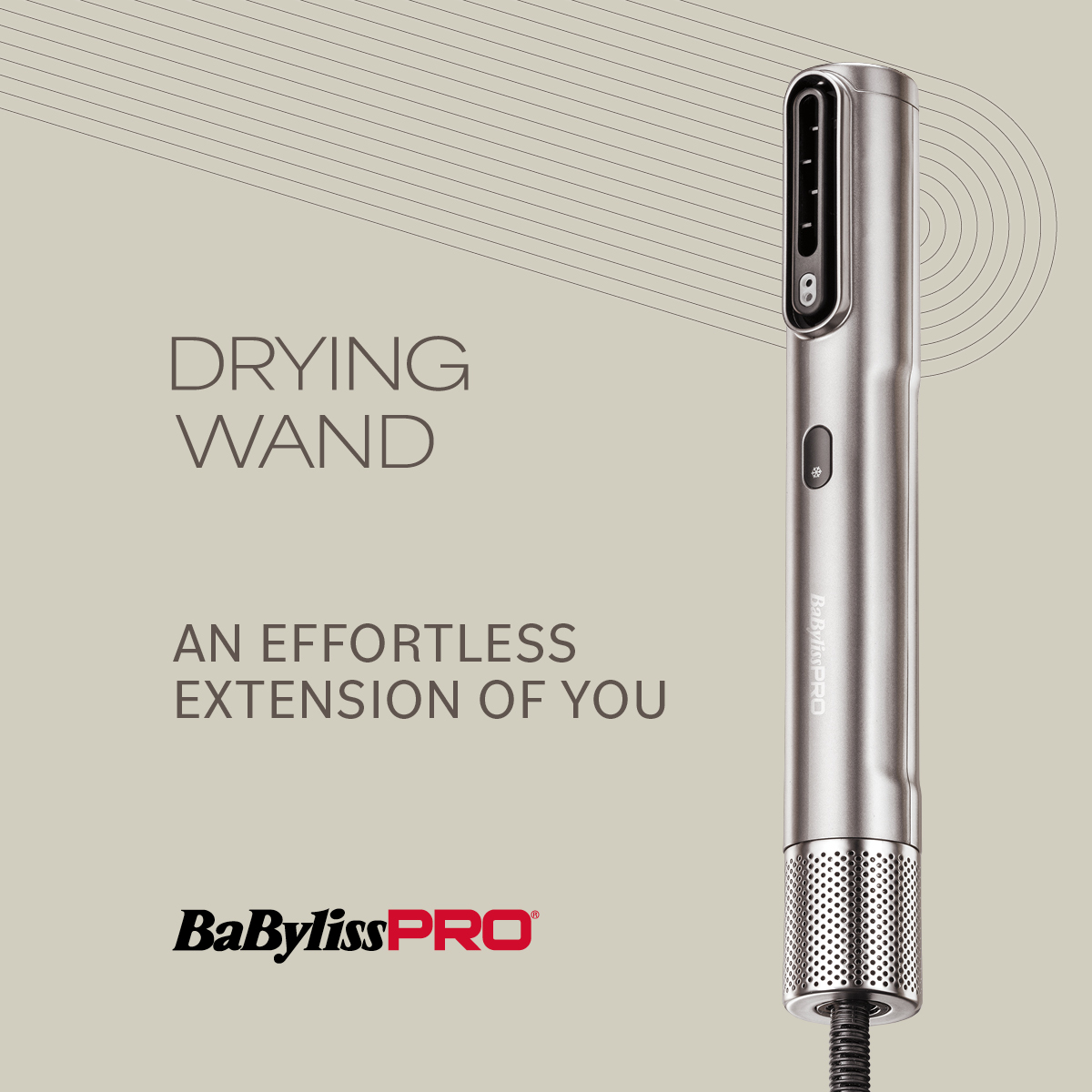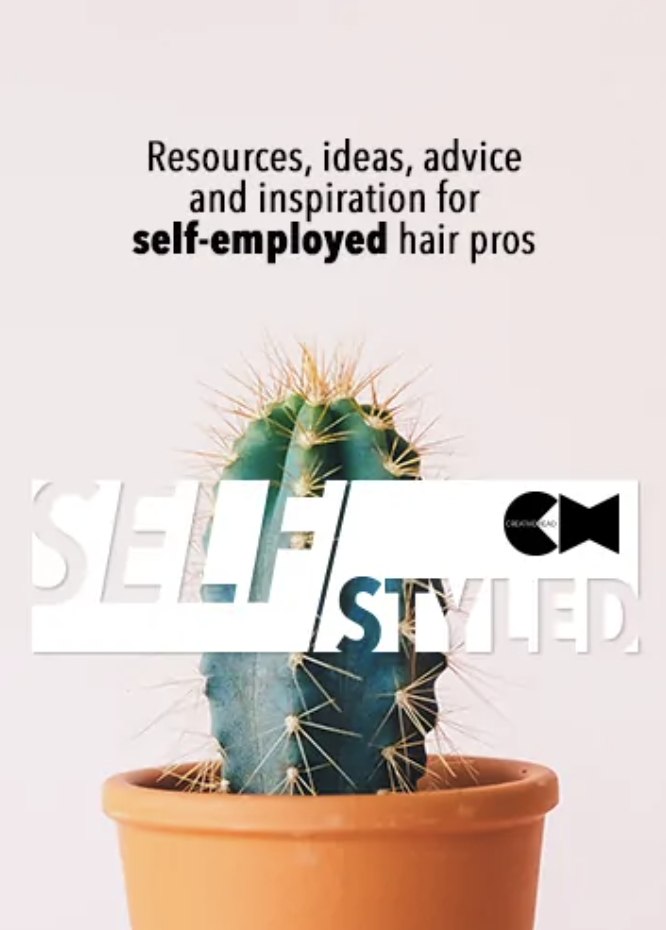Year-long deal sees Noughties favourite become global ambassador

New Survey Finds 50 Per Cent Of Beauty Professionals Identify As Neurodivergent – But What Does This Mean For The Industry?
NEW SURVEY FINDS 50 PER CENT OF BEAUTY PROFESSIONALS IDENTIFY AS NEURODIVERGENT – BUT WHAT DOES THIS MEAN FOR THE INDUSTRY?
A recent survey conducted by Vagaro highlights the significant presence of neurodivergent professionals in the beauty industry.

It’s common knowledge in the industry that many hair professionals are neurodivergent, but a recent survey from salon software brand Vagaro revealed that half of the beauty industry identifies as such.
The research also explored how salon salons and spas cater to neurodivergent clients, highlighting the role of technology and software in creating inclusive spaces and the human aspect of nurturing relationships, empathy, and understanding.
27 per cent of survey participants said they work on a team with a neurodivergent peer and 43 per cent of participants said they offer services specifically tailored to meet the needs of clients who are neurodivergent or on the autism spectrum.
Findings suggest that these salon and spa professionals proactively ask about accommodation requests beforehand, as well as offering quieter or noise-reduced options such as quiet hair clippers, providing an array of lighting options, and more.
27 per cent of survey participants said they work on a team with a neurodivergent peer.
Technology is also crucial to creating a welcoming space for neurodivergent clients, with 56 per cent of those asked agreeing that technology helps make accommodations for neurodivergent clients, pointing out that scheduling software plays a crucial role in reducing sensory overload.
They said capabilities such as online booking systems, digital check-ins, forms, and automated appointment reminders help reduce factors that can contribute to overstimulation and streamline the overall experience. “Our survey showcases the growing dedication of salon and spa professionals to inclusivity and innovation,” says Charity Hudnall, Vagaro chief marketing officer. “By encouraging acceptance, celebrating diversity, and leveraging technology, we can create more accessible
spaces for both neurodivergent clients and industry professionals.”
See the full findings of Vagaro’s survey of neurodivergence among salon and spa professionals on the Vagaro blog, highlighted amid National Autism Acceptance Month.
Related
That’s Hot – Paris Hilton Partners With Paul Mitchell
The Natural Choice
At the heart of Authentic Beauty Concept is a community, one that believes in the same shared values. Co-created with a unique hairdresser collective to start a new path to authentic beauty, this is a brand that values the real over the artificial. Think carefully selected, pure ingredients, authentic hairstyles suited to each individual, real and honest direct discussions around what is important – to stylists, to clients, to the wider world.
What We Loved About The Moroccanoil Collective 2025
Creative HEAD hit up Las Vegas with Joy Salon Services – this is what we brought back (along with a lot of merch)
